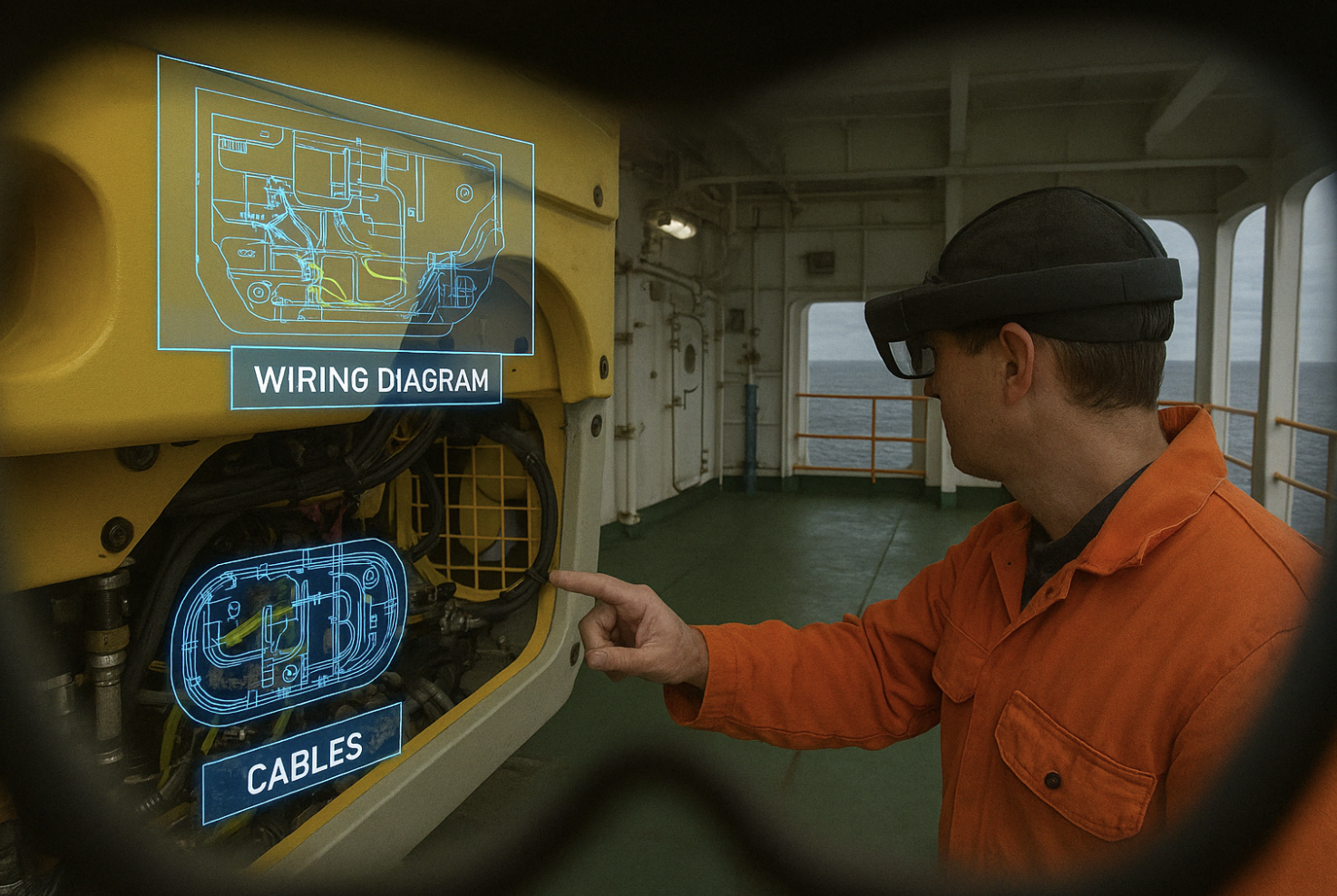Transforming Ship Design with LiDAR and Smart Technologies

What if the biggest challenges in ship design, retrofits, and inspections could be solved with greater accuracy and less time wasted?
As marine engineering advances, technology is unlocking solutions that were once impossible. The industry is moving beyond traditional methods, embracing tools that improve efficiency, precision, and sustainability.
Bridging the Gap Between Tradition and Technology
For decades, naval architects and marine engineers have relied on traditional methods for ship design, inspections, and on-site decision making. These methods, while effective, often came with limitations—labor-intensive surveys, margin-for-error calculations, and time-consuming retrofitting processes. Today, emerging technologies are eliminating these barriers, bringing an unprecedented level of precision to marine engineering.
3D LiDAR scanning is a significant advancement in how engineers and naval architects collect data, plan modifications, and execute complex work. Now at a stage where it can be integrated into our design processes, this high-resolution scanning technology allows our team to capture every detail of a vessel’s layout—reducing guesswork and rework while improving overall efficiency. When used on the right projects, it helps save time and resources and supports smarter, more precise engineering.
The Digital Evolution of Marine Engineering
Beyond LiDAR, other technologies are driving transformation in the industry:
- Augmented Reality for Inspections: AR tools allow engineers to overlay digital schematics onto real-world ship structures, improving accuracy and streamlining maintenance. We’re already putting this into practice through our Connected Worker Project with Horizon Maritime, a $3.1M initiative focused on integrating mixed reality, real-time data, and remote monitoring to elevate offshore safety and performance.
- 3D Printing for Rapid Prototyping: We’re actively implementing 3D printing into our organization and processes to support rapid prototyping and testing. One key focus is developing environmentally friendly prototyping methods that reduce lead times and minimize material waste.
- AI-Powered Design Optimization: Machine learning algorithms can analyze thousands of ship designs, optimizing layouts for performance, energy efficiency, and stability.
By integrating these innovations, marine engineering firms are not only improving efficiency but also reducing environmental impact—an increasingly critical factor in the maritime industry.
Redefining Ship Modifications with LiDAR Technology
Incorporating Lidar scanning technology has already proven invaluable for ship modifications and conversion projects. Whether it’s adapting vessels to meet new regulatory requirements or upgrading aging fleets for extended service life, precise digital models are changing the way modifications are approached. Instead of relying on outdated blueprints or manual measurements, our designers can now work with real-time, high-accuracy data.
Explore the Future of Marine Engineering
As technology continues to reshape marine engineering, firms that embrace innovation will lead the industry forward. At Allswater, we’ve seen firsthand how advancements like 3D LiDAR scanning can revolutionize ship design and modifications, setting new benchmarks for precision and efficiency.
Want to see how this technology is making waves in marine engineering?
Read our project case study: Revolutionizing Marine Engineering: Leveraging LiDAR Scanning for Precision Ship Design and Conversions.